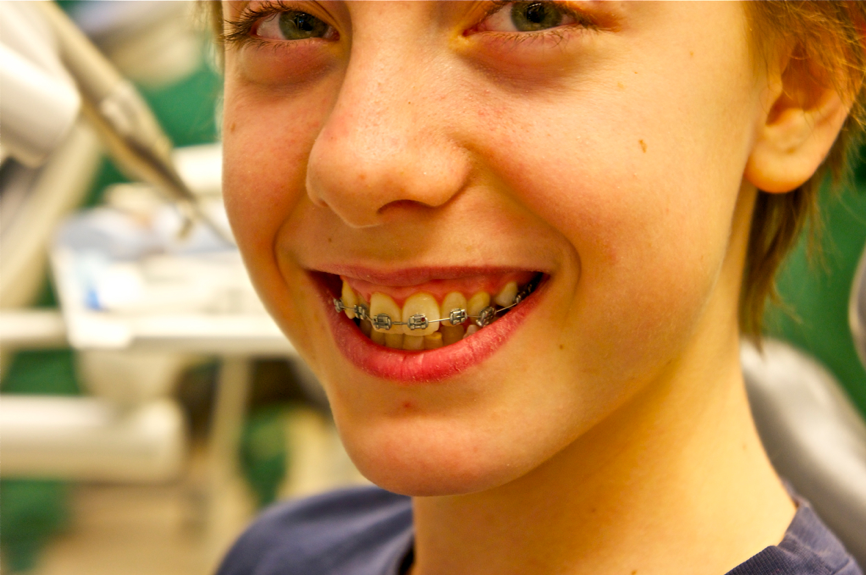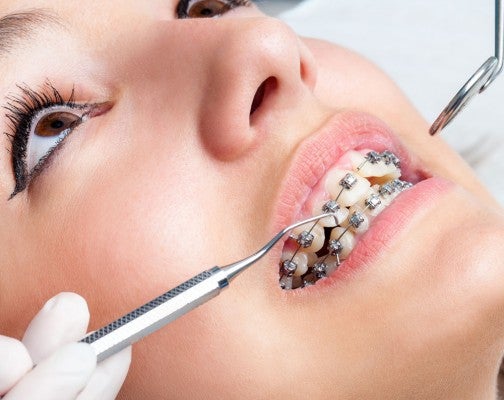Your Overview to Cumming Invisalign: Straightening Teeth with Style and Convenience
Your Overview to Cumming Invisalign: Straightening Teeth with Style and Convenience
Blog Article
Comprehensive Overview to Orthodontics Treatments for Correcting Dental Imbalances
Understanding the complexities of each treatment, including their mechanisms, advantages, and prospective disadvantages, is crucial in making informed decisions about one's orthodontic therapy. As we browse via the comprehensive overview to orthodontic procedures for correcting oral imbalances, the elaborate details of each approach will unfold, shedding light on the course toward a unified and practical dental placement.
Orthodontic Procedures Summary

Along with conventional dental braces and clear aligners, orthodontists may additionally recommend other interventions like headgear, palatal expanders, or retainers to resolve particular positioning problems (cumming orthodontics). These procedures are customized to each patient's distinct demands and might involve a mix of treatments to accomplish the preferred results. Normal modifications and surveillance are vital parts of orthodontic therapy to make sure development gets on track and to make any necessary modifications along the road. By undergoing orthodontic procedures, people can not only attain a straighter smile but also boost their total oral wellness and feature.
Conventional Braces: Exactly How They Work
When thinking about orthodontic therapies for oral misalignments, conventional braces stand out as a time-tested technique for correcting teeth placing. Standard dental braces include brackets, cables, and bands that collaborate to apply continuous pressure on the teeth, slowly moving them right into the desired placement. The brackets are attached to the teeth utilizing an unique adhesive, and the wires are threaded through the brackets. By adjusting the tension of the wires, orthodontists can control the instructions and pressure used to each tooth, assisting them into correct placement with time.
One key aspect of just how conventional braces job is the process of bone remodeling. As pressure is related to the teeth via the dental braces, the bone bordering the teeth is reshaped to support the new tooth positions. This improvement is vital for the lasting stability of the fixed positioning. Clients will require regular changes at the orthodontist's office to ensure the dental braces proceed to use the appropriate stress for effective teeth movement.
Unseen Aligners: Disadvantages and pros
Unnoticeable aligners offer a discreet and hassle-free option to typical dental braces for correcting dental imbalances. These clear, customized trays are essentially unseen when put on, making them an enticing alternative for people seeking an extra aesthetically pleasing orthodontic treatment. Among the main benefits of invisible aligners is their removability, allowing for simpler upkeep of oral health compared to standard dental braces. web link Patients can get rid of the aligners prior to consuming or brushing their teeth, decreasing the threat of food getting embeded the device and streamlining the cleansing procedure.

Surgical Orthodontic Options
Surgical treatments in orthodontics existing sensible options for addressing intricate dental imbalances that might not be efficiently fixed through conventional orthodontic treatments. While typical braces and invisible aligners can remedy numerous orthodontic issues, specific cases call for surgical treatment to accomplish ideal outcomes. Surgical orthodontic alternatives are normally suggested for serious malocclusions, substantial jaw discrepancies, and cases where the underlying bone framework needs modification to achieve proper alignment.
One usual surgical orthodontic treatment is orthognathic surgical procedure, which entails repositioning the jaws to remedy useful problems such as trouble chewing or talking. This surgical procedure is usually done in collaboration with an orthodontist that aids line up the teeth prior to and after the procedure. Surgical orthodontics might also entail treatments to reveal affected teeth, remove excess gum cells, or improve the jawbone to create an extra unified facial profile.
Prior to thinking about medical orthodontic alternatives, patients go through a detailed evaluation to establish the necessity and potential benefits of such interventions. invisalign. While surgical treatment might appear overwhelming, dentist info it can dramatically improve both the feature and appearances of the smile in situations where conventional orthodontic therapies fail
Retainers and Post-Treatment Care

Post-treatment care includes complying with the orthodontist's instructions vigilantly. This might consist of proper oral health techniques, going to follow-up appointments, and putting on the retainers as prescribed. Failure to follow post-treatment care directions can lead to relapse, where the teeth progressively move back towards their original settings. Regular retainer wear, good oral hygiene, and routine oral exams are vital for maintaining the results achieved through orthodontic surgery and making certain the long-lasting security of the fixed oral positioning.
Verdict
In final thought, orthodontic treatments use numerous options for correcting dental imbalances. Surgical orthodontic choices are readily available for more severe misalignments. On the whole, orthodontic procedures can efficiently boost dental wellness and aesthetic appearance.
As we browse through the comprehensive overview to orthodontic procedures for fixing oral imbalances, the complex information of each approach will certainly unfold, shedding light on the course towards a practical and harmonious oral alignment. - orthodontics
One of the most typical orthodontic therapies is the usage of dental braces, which are composed of metal braces and cables that use gentle stress to progressively change teeth right into the preferred setting.When thinking about orthodontic therapies for dental imbalances, typical braces stand out as a time-tested technique for fixing teeth positioning. Additionally, unseen aligners might not be ideal for intricate orthodontic concerns that require more significant teeth movement, as they are commonly advised for mild to moderate cases. Retainers are custom-made orthodontic gadgets made to hold teeth in their dealt with placements after the conclusion over at this website of orthodontic therapy.
Report this page